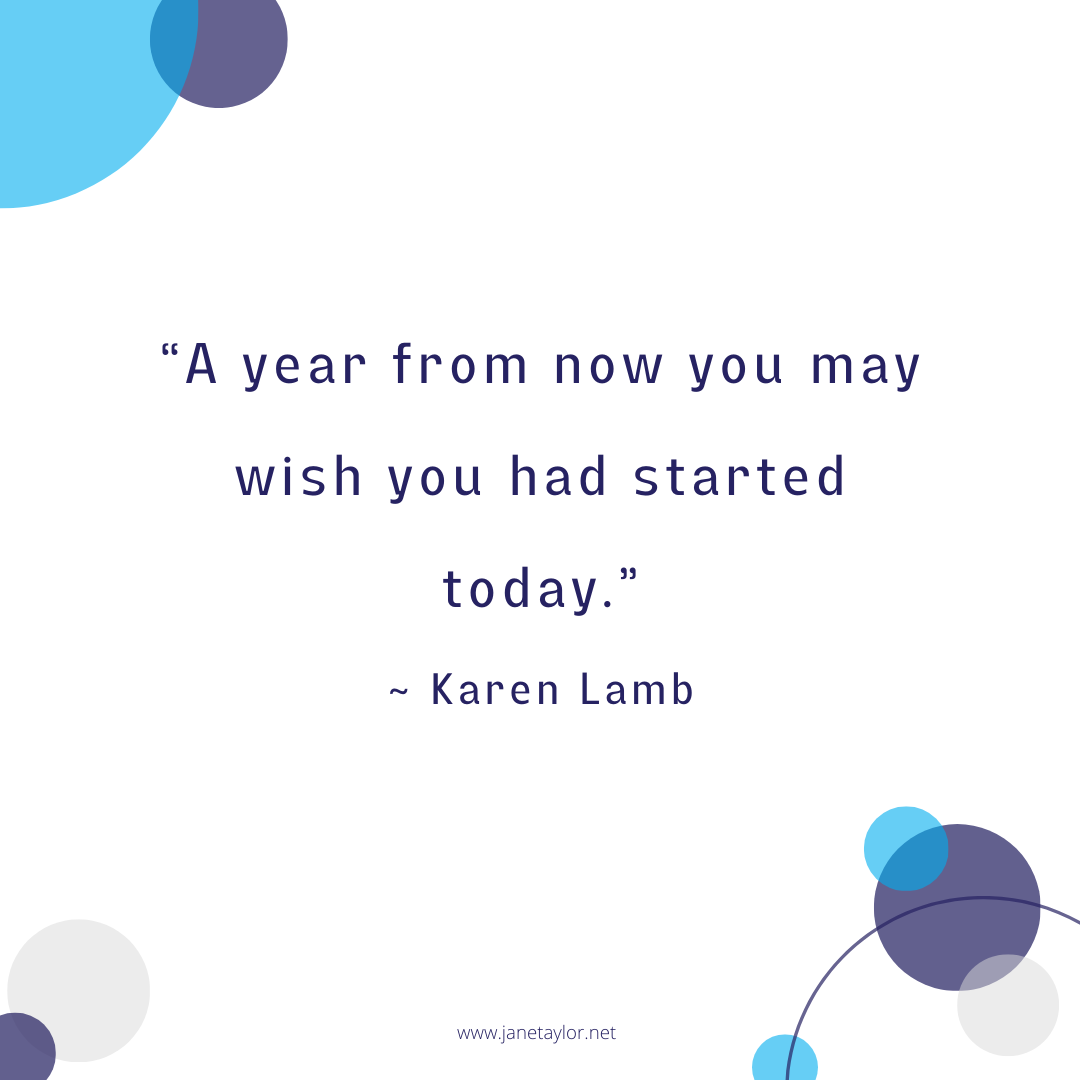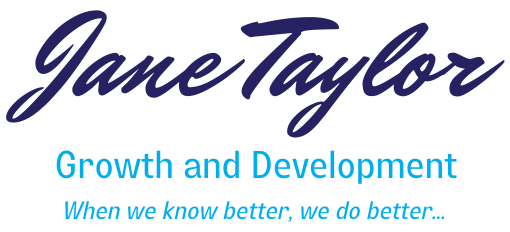What Are Intrinsic and Extrinsic Goals?

What did you dream of being when you were a child? A teacher, a fireman, a carpenter, a sportsperson? Are you living that dream today?
Chances are, like many people, you identified goals to get yourself to where you are in your life today. Many of those goals were probably SMART goals –
- Specific,
- Measureable,
- Achieveable,
- Relevant, and
- Time-based.
SMART goal-setting (or content goals) give you an idea of what you are doing to achieve your goals. However, have you ever thought there might be more to goal-setting than the SMART-approach? Well, you would be right!
Intrinsic and Extrinsic Goals
During recent years, a variety of researchers have started to investigate an individuals’ motivation (i.e. the why) behind setting goals. The motivation can be either intrinsic or extrinsic.
Intrinsic Goals
Some examples of intrinsic goals include –
- self-acceptance,
- community feeling,
- affiliation, and
- physical fitness.
According to Schmuck, Kasser and Ryan (1999), …“intrinsic goals are those which are inherently satisfying to pursue because they are likely to satisfy innate psychological needs for autonomy, relatedness, competence, and growth.”
Extrinsic Goals
Extrinsic goals are focused on obtaining rewards and the positive evaluation of others and include –
- financial success,
- image/attractiveness,
- popularity, and
- conformity.
Working on Extrinsic Goals or Intrinsic Goals – Is there a Difference?
According to Kasser et al (1995), “…extrinsic goals generally reflect a sense of insecurity about oneself,” and can also lead one to engage in more stressful, ego-involved, and controlled behavior which does not satisfy one’s needs (Kasser & Ryan, 1996; Sheldon & Kasser, 1995).
Research has indicated that when individuals are focused more on making progress towards intrinsic goals they can have experiences that support their happiness and wellbeing as opposed to focusing solely on extrinsic goals (Ryan et al., 1996).
Over to You…
So, next time you are writing your goals, maybe identify and see if they are intrinsic or extrinsic (the WHY you are wanting to achieve your goals) as well as the WHAT (i.e. the SMART-process). This small shift can have an impact on your happiness and wellbeing.
P.S. don’t forget to link in with your feeling/emotions around your goals as well!
If you are ready to reclaim your courage and take the next step towards freedom and opening your heart, why not join our Toolkit?
References –
- Deci, E. L., & Ryan, R. M. (2000). The ‘what’ and ‘why’ of goal pursuits: Human needs and the self-determination of behavior. Psychological Inquiry, 11, 227-268.
- Grouzet, F. M., Kasser, T., Ahuvia, A., Dols, J. M. F., Kim, Y., Lau, S., Ryan, R. M., Saunders, S., Schmuck, P., & Sheldon, K. M. (2005). The structure of goals across 15 cultures. Journal of Personality and Social Psychology, 89, 800-816.
- Kasser, T., Ryan, R. M., Zax, M., & Sameroff, A. J. (1995). The Relations Of Maternal And Social Environments To Late Adolescents’ Materialistic And Prosocial Values. Developmental Psychology, 31, 907-914.
- Kasser, T., & Ryan, R. M. (1996). Further examining the American dream: Differential correlates of intrinsic and extrinsic goals. Personality and Social Psychology Bulletin, 22, 280-287.
- Ryan, R. M., Sheldon, K. M., Kasser, T., & Deci, E. L. (1996). All goals are not created equal: An organismic perspective on the nature of goals and their regulation. In P. M. Gollwitzer & J. A. Bargh (Eds.), The psychology of action: Linking cognition and motivation to behavior (pp. 7-26). New York: Guilford Press.
- Schmuck, P., Kasser, T. and Ryan, R.M. (2000). Intrinsic and Extrinsic Goals. Social Indicators Research, 50, 225-241.
- Sheldon, K., & Kasser, T. (1995). Coherence And Congruence: Two Aspects Of Personality Integration. Journal of Personality and Social Psychology, 68, 531-543.
- Sheldon, K. M., Ryan, R. M., Deci, E. L., & Kasser, T. (2004). The Independent Effects Of Goal Contents And Motives On Well-being: It’s Both What You Pursue And Why You Pursue It. Personality and Social Psychology Bulletin, 30, 475-486.
